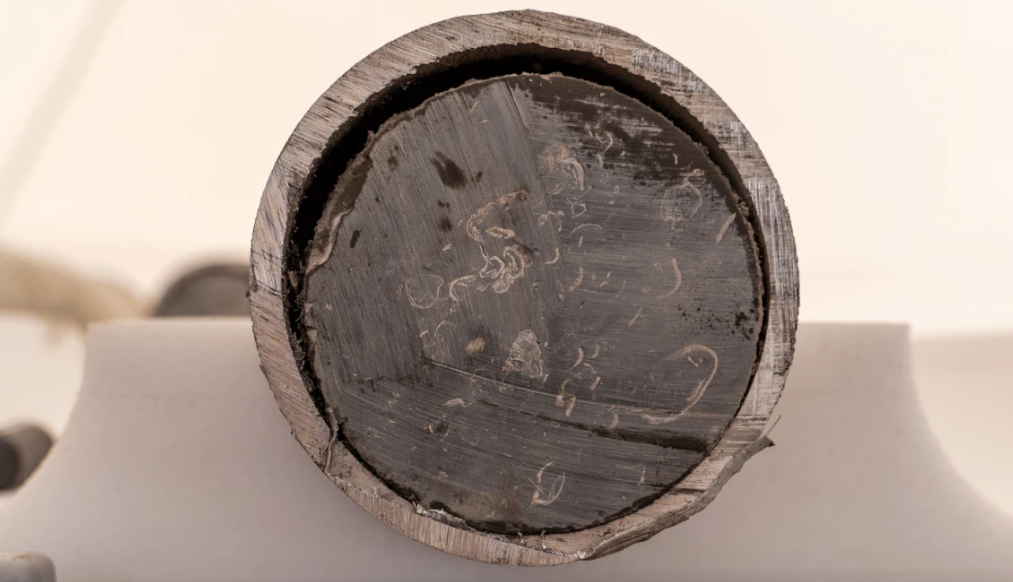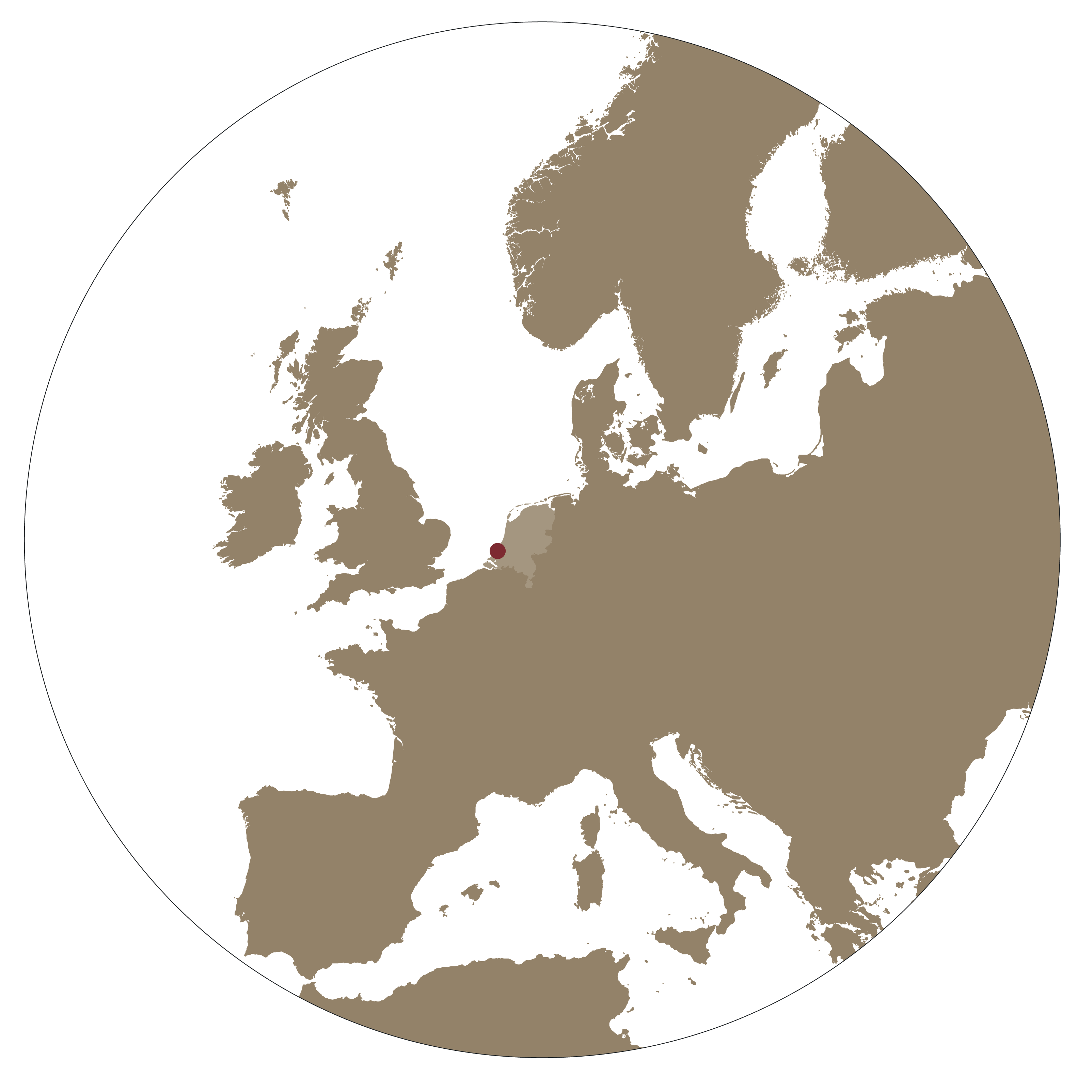In the little village of Monster, which ironically translates to “sample” in Dutch, operator HVC recently completed a new geothermal well. The well targeted the Lower Cretaceous Delft Sandstone, from which brine is to be produced to heat a complex of greenhouses in the immediate surrounding area.
HVC subsequently put out a press release, announcing that a 60 m core was retrieved from the Rodenrijs Claystone Member, which happens to directly overlie the Delft Sandstone Member and is considered the sealing unit of the fluvial reservoir below. As the website explains, the core will shed more insight into the properties of the mudstone.
At first instance, it would be tempting to ask the question why the sealing unit was cored rather than the reservoir itself. Core data on the Delft Sandstone is relatively scarce and a section covering the reservoir would have been a welcome addition.
However, following conversations with several people involved in the matter, it has become clear that the primary target of the operation was to acquire a core of the Rodenrijs Claystone, even though a section from the Delft Sandstone itself would also have been a welcome addition too.

Why would a geothermal operator be interested to core the overburden of a geothermal reservoir?
The main reason to better characterise the Rodenrijs Claystone is to gain a better understanding of the geomechanical properties of the seal. It is well-known that injecting cooled brines can induce fracture formation in the reservoir, potentially including the overlying seal. The potential for fracture propagation depends on the in-situ stress, the physical rock parameters such as permeability, Young’s modulus and Poisson’s ratio and the exploitation parameters such as the flow rate, injection pressure and temperature.
This report from 2021 describes such a study of the Maasdijk geothermal project, also operated by HVC and only about 10 km away from the Monster well, where the Rodenrijs Claystone was subjected to a fracture propagation study too. The authors indeed report that there is a chance for the lower part of the Rodenrijs Claystone to be fractured – the so-called Rodenrijs waste zone in which a higher silt percentage occurs – but there was no concern for these fractures to migrate through the entire sealing unit provided that the rate of injection is kept below a certain limit.

To prevent unnecessary and conservative limitations when it comes to the geothermal exploitation parameters, HVC now has the ability to test Rodenrijs Claystone for its geomechanical properties, right at the location from where brine extraction will take place. Although much historical data is available in the area, data of the Rodenrijs Claystone has thus far been very limited partly because no hydrocarbons have been found in the Delft Sandstone.
If the Rodenrijs Claystone displays favourable geomechanical properties, a slight increase in injected volume or a slightly larger temperature drawdown means that more energy can be retrieved from the produced brine.

